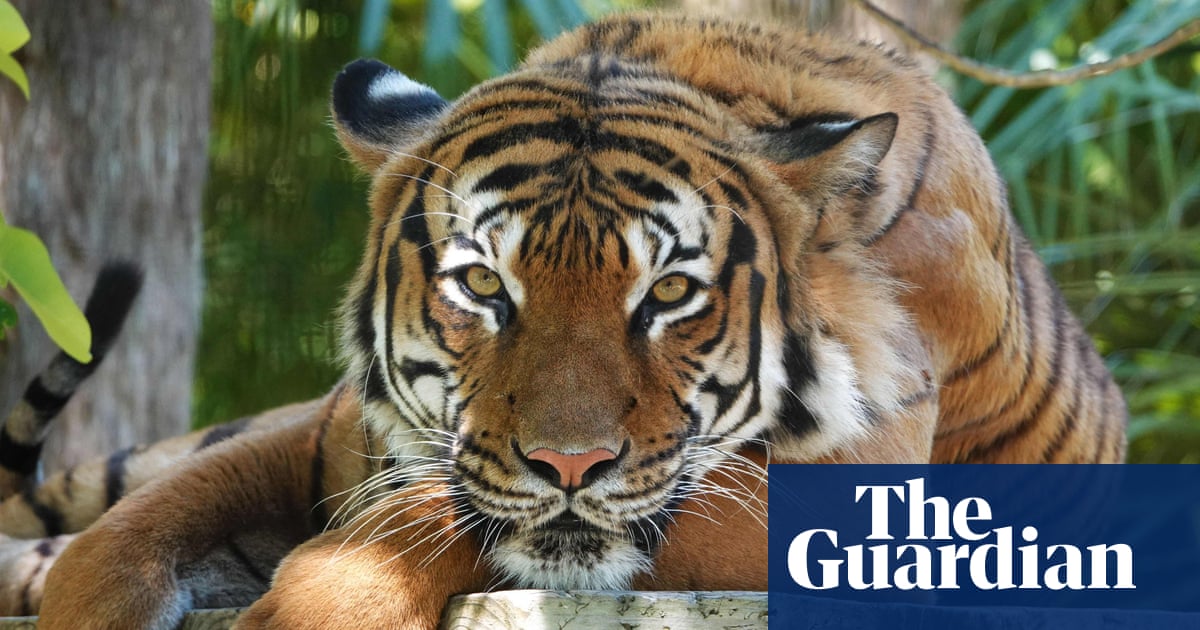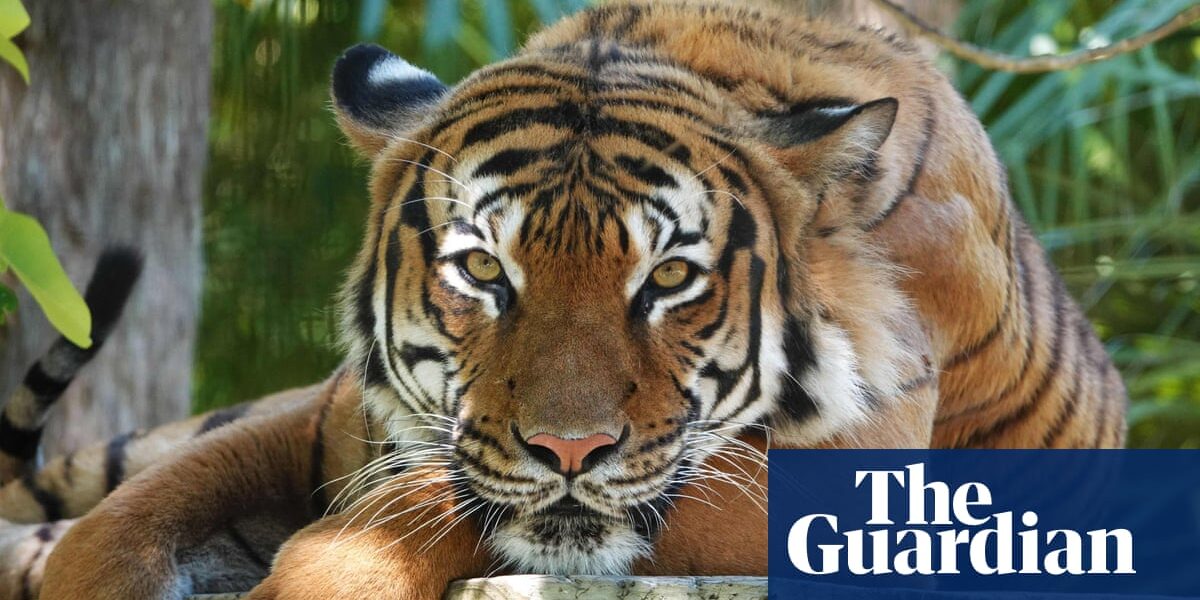A recent study discovered that large felines are able to distinguish between familiar and unfamiliar human voices.

Researchers have discovered that big cats, including tigers and cheetahs, have the ability to distinguish between familiar and unfamiliar human voices. This suggests that even solitary animals are not socially inept.
Although cats are commonly seen as aloof, studies have shown that domesticated cats can distinguish their owner’s voice from others.
Recent studies have uncovered that the wild counterparts of household pets, such as tigers, cheetahs, and cougars, possess the ability to distinguish between various tones, albeit in captive environments.
According to a study co-authored by Prof Jennifer Vonk from Oakland University in Rochester, Michigan, the results suggest that wild animals may have a need to recognize their own offspring and keep track of their surroundings. This ability may also aid in their ability to respond to warning signals from other species.
She stated that we should not automatically assume that social behavior is solely focused on living in groups and that group living is the only factor that influences cognition.
In a study published in the journal PeerJ, Vonk and team examined various exotic feline species, including lions, clouded leopards, snow leopards, and servals, that were housed in captive environments like zoos, sanctuaries, and nature preserves.
Following a small trial with seven cats representing five different species, the group conducted a more extensive study with 24 cats from 10 species. Of these, 16 were raised by humans and eight were raised by their biological mothers.
All of the cats listened to five recordings of different people saying “Good morning, how are you doing today?” The first three were from people the cats didn’t know, the fourth was from someone they knew, and the last one was from another stranger.
The procedure was subsequently replicated utilizing recordings of the individuals, except this time incorporating the name of the rare feline.
The group observed and studied the feline’s responses and actions to each replay – including changes in eye contact, movements of the head, approaching or distancing from the noise, and vocal sounds like hisses or growls.
The findings indicate that both male and female cats, whether raised by humans or their mother, reacted much more promptly, for a longer duration, and with higher intensity to the voice of a familiar human compared to four unfamiliar voices.
Even when excluding lions, who are the only wild cats known to live in large social groups, the results remained consistent. The inclusion or exclusion of the cats’ names in the phrases had minimal impact.
Vonk expressed surprise at how definitive the results were.
The research team states that their findings indicate that the skill of distinguishing individual human voices is not a consequence of being domesticated, but rather due to frequent interaction with humans. Vonk suggests that a similar outcome would likely be observed in wild cats if they were regularly exposed to human voices.
Unfortunately, there are some limitations to the study. One of them being the small sample size, which prevented the team from analyzing results by species. Additionally, all of the cats were kept in captivity and most of them were raised there.
Vonk believes that the fact that even non-domestic cats are aware of who is caring for them is intriguing to the general public. This suggests that they may not be as distant and uninterested as their reputation often implies.
Source: theguardian.com



